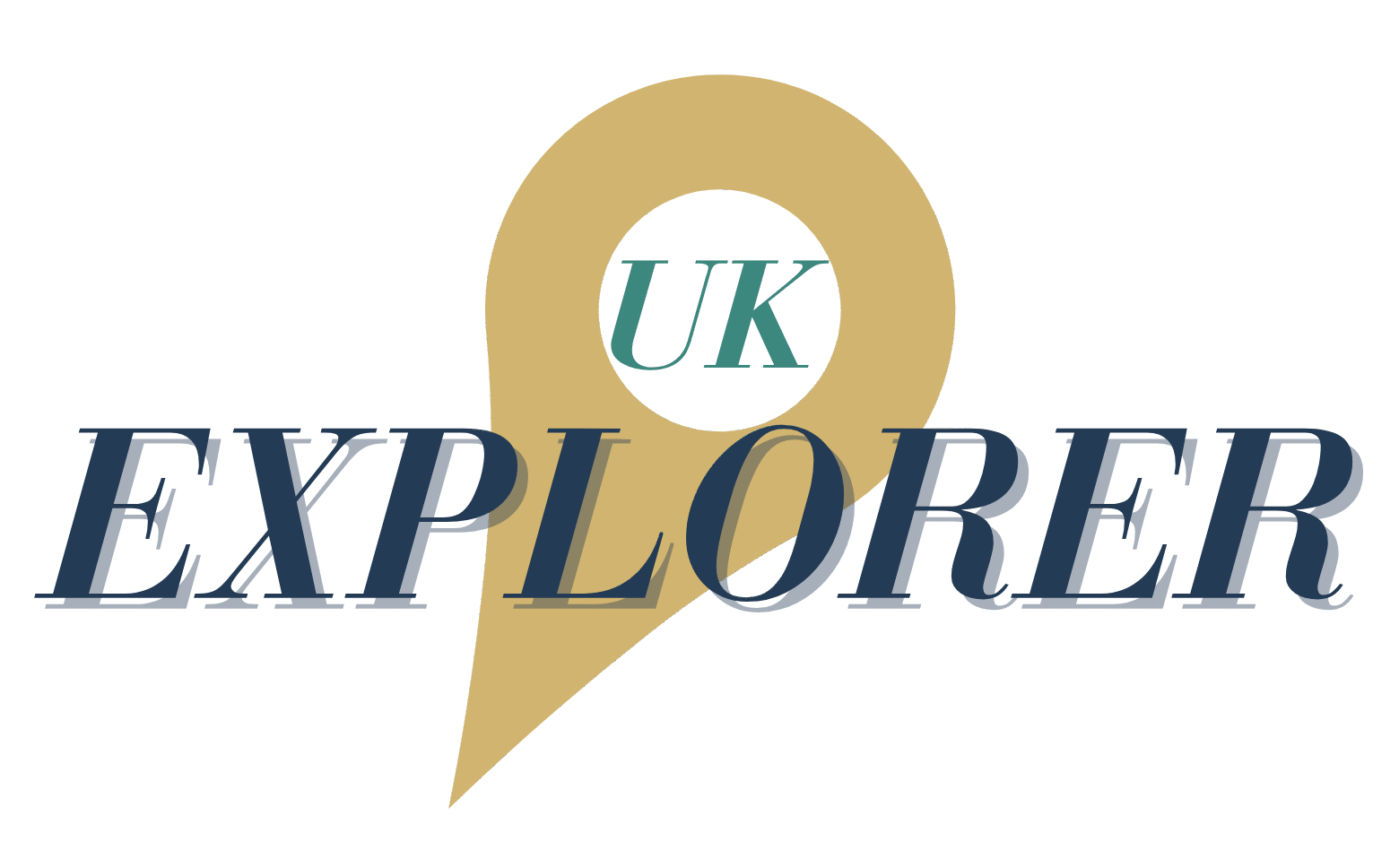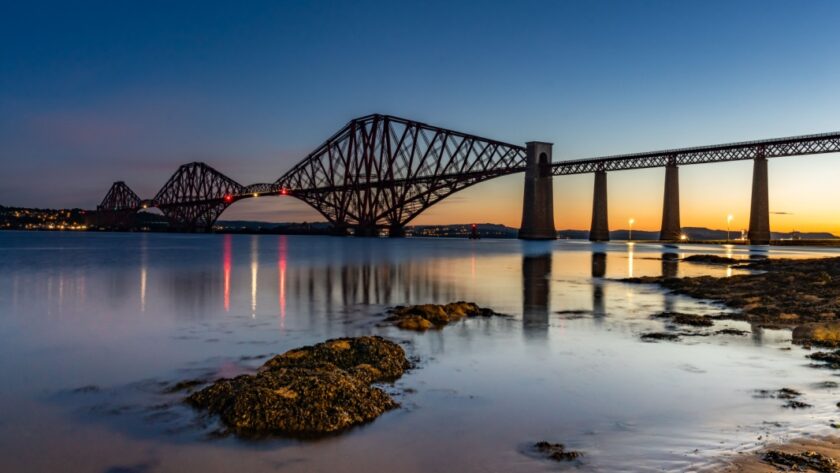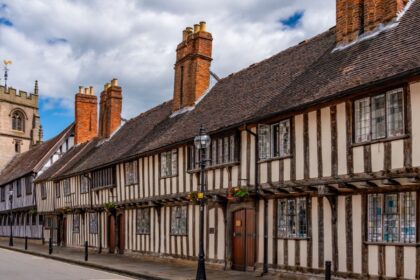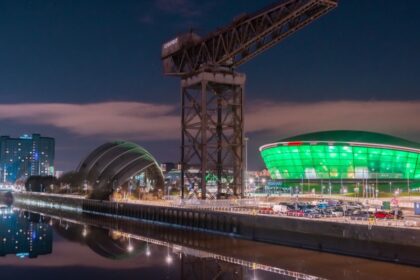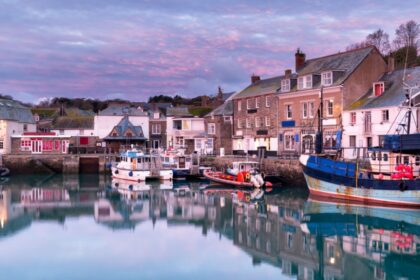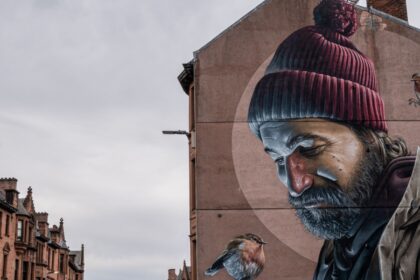Scotland is not a country that creeps up on you. It arrives with thunderous landscapes, ancient fortresses, and a weather forecast that usually includes at least three seasons before lunch. It’s fierce and lyrical, misty and majestic, thoughtful and slightly unhinged in the best possible way. It is, quite simply, impossible not to feel something here , even if that something is mostly damp.
This is a land where the history is carved into the hills, where stories seep out of stone walls, and where a small ruined abbey on a remote island may turn out to have hosted a Viking saga, a saint’s vision, and a particularly memorable sheep incident , all before breakfast. Scotland is a country that lives in the imagination long before you arrive, and when you do, it doesn’t disappoint. If anything, it raises an eyebrow and says, “Oh, you haven’t seen anything yet.”
Let’s begin with the Highlands
Because really, where else could you start? The Highlands are not just scenery , they’re a statement. Mountains rear up like ancient gods. Lochs stretch into the mist like sleeping creatures. Glen after glen unfurls in quiet, rugged splendour, dotted with deer, lichen-covered stones, and the occasional hiker having an emotional moment on a rock. It’s the sort of landscape that makes you believe in things , spirits, poetry, possibly large aquatic monsters.
Loch Ness, naturally, draws the crowds, all peering into the inky depths and secretly hoping to spot a ripple, a tail, or a blurry photo opportunity. But the real beauty lies in the loch’s brooding stillness, in the ruined magnificence of Urquhart Castle, and in the soft hush of wind across water. Whether you believe in Nessie or not is beside the point , by the time you’ve sat there for a bit, you’ll want to.
Travel north and things get wilder
Lonelier, and even more astonishing. The North Coast 500, a scenic route looping around the top of Scotland, delivers a greatest hits album of staggering views, cliffs, beaches, ancient brochs, and single-track roads that lead you into the kind of remote beauty you’ll want to write home about, assuming you can get any signal.
To the west lie the islands
Skye, Mull, Islay, Harris, Lewis, and many more, each with its own personality, weather system, and sense of timelessness. Skye tends to get the headlines, with its jagged peaks and fairy pools, but head to Islay and you’ll find whisky distilleries that smell like smoke and history, and where locals will gently correct your pronunciation of “Laphroaig” before handing you a dram that tastes like a bonfire in a bottle.
Further south, Edinburgh rises
Like a poem written in stone. It’s one of the very few cities in the world where you can walk out of a Wetherspoons and immediately see a castle perched on an extinct volcano. The Old Town is a gothic tumble of alleyways and odd angles; the New Town is all elegant Georgian restraint, though “new” in this context means “late 18th century.” There’s a faint air of mystery to Edinburgh, a sense that Jekyll and Hyde could easily live next door to a second-hand bookshop and a bagpiper on a break.
And while you’re in the capital, do climb Arthur’s Seat, the old volcano that gives you a proper view of the city and a mild sense of personal achievement. Just remember, locals walk up it in business shoes during lunch breaks, so don’t expect a ticker-tape parade when you reach the top.
Then there’s Glasgow
Edinburgh’s rowdier, funnier, deeply artistic cousin. Where Edinburgh whispers sonnets, Glasgow sings songs from the pub and then shows you a painting that breaks your heart. The city’s slogan used to be “Glasgow’s Miles Better,” which, while not grammatically thrilling, is actually not far off. It’s full of galleries, music, kindness, and an architectural legacy that includes both Charles Rennie Mackintosh and pubs that haven’t changed since 1972 (on purpose). If you want soul, and probably a very strong opinion on football, you’ll find it here.
Scotland isn’t all high drama
There are soft places, too. The Borders, with their abbey ruins and rolling hills. Perthshire, sometimes called “Big Tree Country,” where forests glow golden in autumn and lochs reflect every shade of green. Even the East Neuk of Fife, with its charming fishing villages and painterly harbours, offers quiet beauty without needing to shout about it.
And let’s not forget the people
Who are quite possibly Scotland’s greatest asset. There’s a wryness, a generosity, and a gift for storytelling that means even a taxi ride can become an impromptu masterclass in history, comedy, or moral philosophy. They are proud, passionate, and almost genetically programmed to offer you a cup of tea (or a whisky) within three minutes of meeting.
As for food
Once the punchline of national jokes, it’s now one of Scotland’s best-kept secrets. The seafood is sublime, the beef is world-class, the cheese is underrated, and even the haggis, once approached with fear and suspicion, turns out to be delicious once you stop asking what’s in it. And yes, the whisky is everywhere, and yes, it really does taste better up here.
What sets Scotland apart
It isn’t just the scenery, the history, or the dram in your hand. It’s the feeling of standing in a glen as the light changes and the wind sings through the grass. Of walking into a pub soaked to the skin and being welcomed like a long-lost friend. Of finding poetry in a place where nature and culture live side by side, usually on a first-name basis.
Scotland doesn’t show off. It doesn’t need to. It simply is bold, beautiful, battered by weather, bursting with stories, and better than you remembered.
